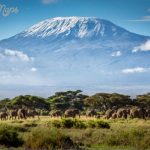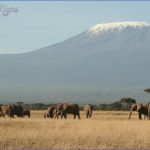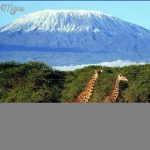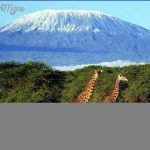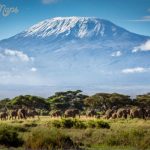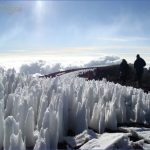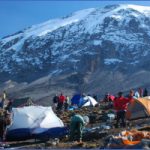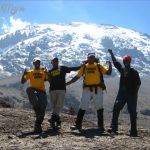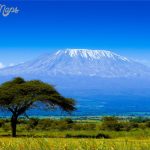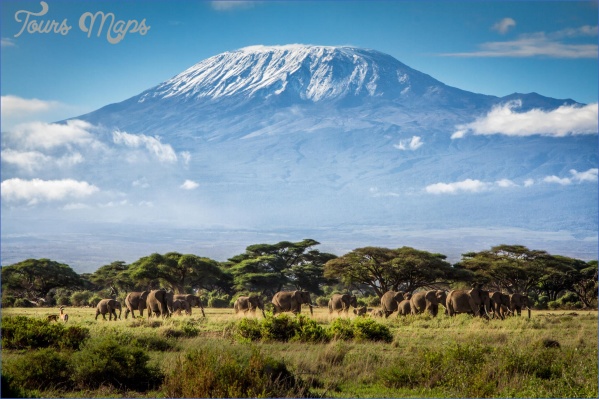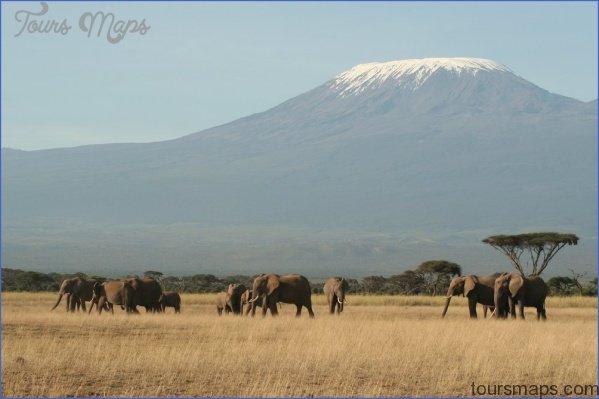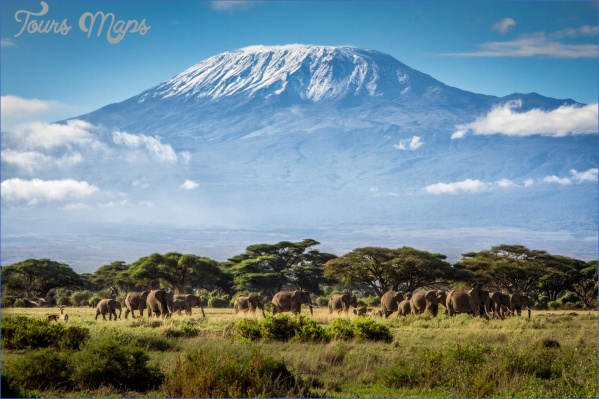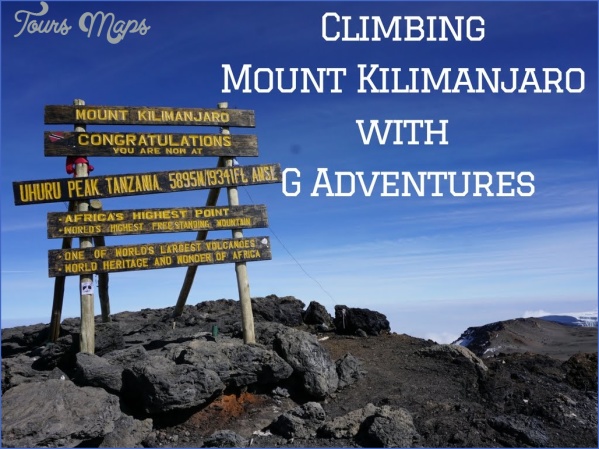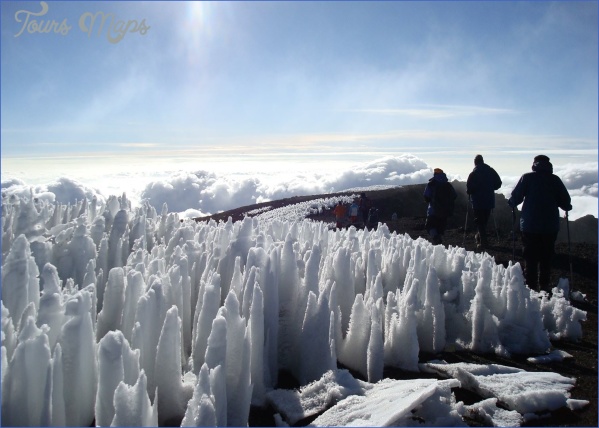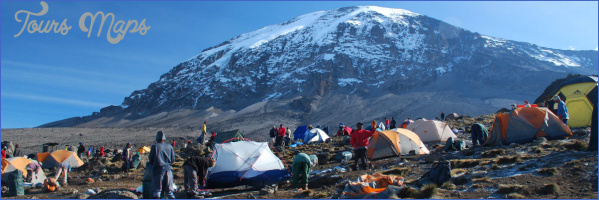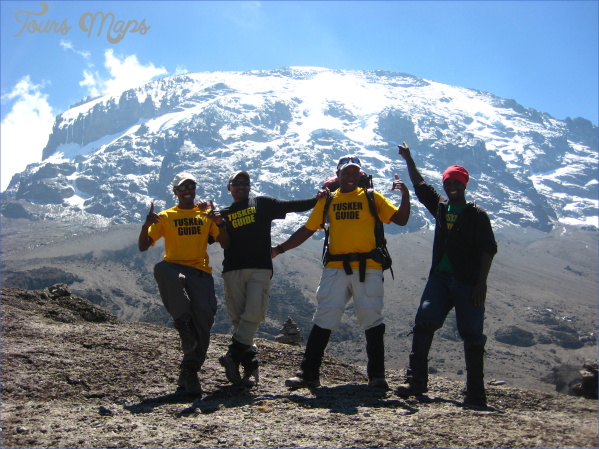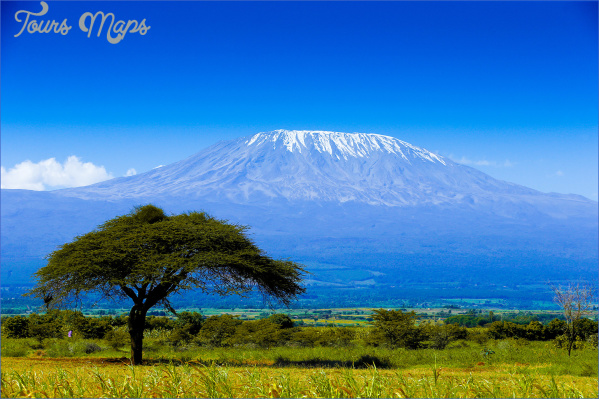Towering high above northern Tanzania at a height of 5,882 metres (19,341 ft) above sea level is Mt Kilimanjaro.
The mountain is translated to White Mountain which has become Mt Kilimanjaro’s unofficial nickname. The name actually derives from a few different cultures and languages. Kilima means mountain and Njaro means whiteness.
There are now many tours that trek up this gigantic mountain and reaching the summit is an inspirational and gratifying adventure experience.
The climb and trek for Mt Kilimanjaro is steep and you will go through what seems like a whole range of climates. This trek is not really for the weak hearted as it require at least a moderate fitness level.
There are a number of things that should be taken into consideration before choosing to climb this overpowering mountain. Firstly you need to allow for at least 7-10 days to allow yourself time to acclimatise and to avoid altitude sickness. Always choose a reputable company, people who know this mountain very well and are trained in first aid. On any trip like this, safety is always priority.
When you do finally get to the top and look out over beautiful Tanzania you will understand why this is such an extraordinary adventure to be a part of. Not only will you be climbing the highest mountain in Africa and kicking goals but you are also so close to various game parks and so you partake in other safaris as an added bonus.
Mount Kilimanjaro Photo Gallery
Getting there
Thankfully Kilimanjaro does have an internationally airport so depending on where you are travelling from you may not require a stopover. For most international airlines you can get a connection via Nairobi, Kenya or Dar es Salaam, Tanzania.
Airlines that do fly to Kilimanjaro International include Air France, KLM, Lufthansa, Swiss Airways, Kenya Airways and a few other smaller airlines.
When to go
The weather on Mt Kilimanjaro is constantly changing so it’s best to get weather reports closer to when you travel. As a general rule of thumb the best months to climb this summit is in January,
February and September which has a lower chance of rain up the mountain.
There are months that you should avoid and this is due to heavy rains which mix with the snow capped mountains. This makes the climb quite dangerous and your chances of actually reaching the summit are very slim This happens between March and June as well as November December each year.
Maybe You Like Them Too
- Explore Doncaster, United Kingdom with this detailed map
- Explore Arroyito, Argentina with this Detailed Map
- Explore Belin, Romania with this detailed map
- Explore Almudévar, Spain with this detailed map
- Explore Aguarón, Spain with this detailed map

